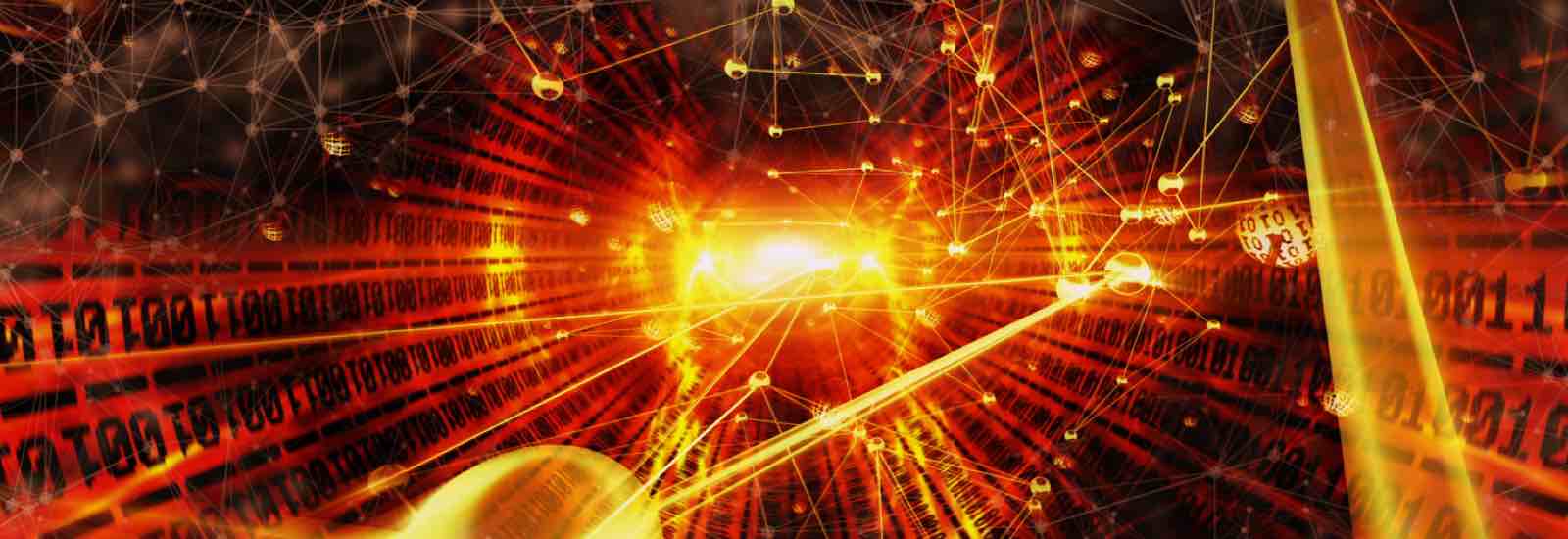

When choosing a SIEM solution, businesses should consider organizing a workshop, either internally or alongside a SIEM partner, to define and agree on the project scope and timeline. To determine the deployment’s scope and timeline, you must identify, and more importantly prioritize, an initial list of use cases to dictate what the necessary log sources may be. It is also essential to agree upon a timeline for deployment to ensure the SIEM security aligns with the business’s goals.
For more information about Security Incident & Event Management, call our security consultants at +31 (0) 345 506 105, send an email to info@isoc24.com or fill out our contact form via button below.